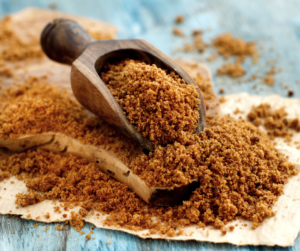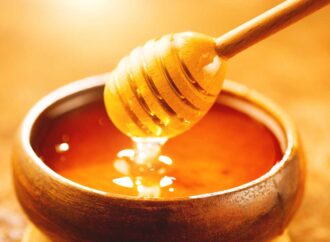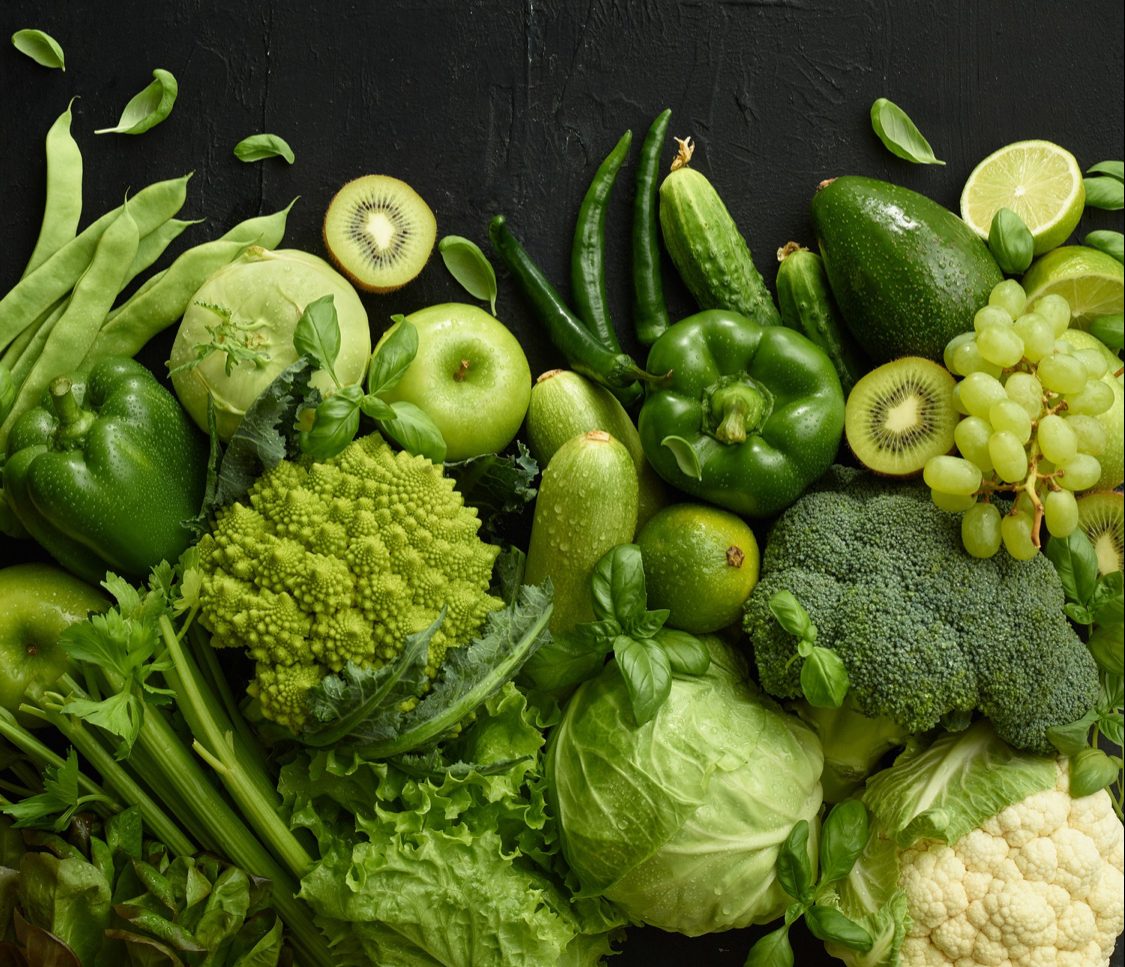Jaggery is a sweetener that is gaining popularity as a “healthy” sugar substitute. This sweetener has been given a healthy food status and is often referred to as ‘superfood sweetener’. However, jaggery is still sugar and must be used sparingly. There isn’t enough evidence to support its health benefits claims. This unrefined sugar product is generally made in Africa and Asia and is sometimes referred to as ‘non-centrifugal sugar’ since it’s not spun during processing to remove the nutritious molasses.

In India, where 70% of the world’s jaggery production takes place, it is popularly known as ‘gur’. It’s generally made by evaporating the water from sugar cane juice or date palm sap, which is then sold as blocks, granules or liquid.
Jaggery Adulteration
Recently a company dealing in the manufacturing of jaggery was sealed by the Health Department after it was discovered that not even a single drop of sugarcane juice was being used to prepare jaggery. Instead, the firm was combining old jaggery with sugar and food colouring. This poses a serious threat to consumers who prefer buying jaggery over sugar owing to its alleged health benefits. Jaggery is usually adulterated with chalk powder and colour. Therefore, it is pertinent to know the different ways of detecting adulteration in jaggery.
How to detect Adulterants
In the case of adulteration with chalk powder , the suspected sample must be dissolved in water. If chalk powder is present, it will start settling down in water.
In the case of colour, one must know that the ideal colour of jaggery should be brown or dark brown. If it is yellow, it indicates the presence of artificial colour or some chemical. To confirm this, 3 ml of alcohol must be added to ¼ teaspoon of jaggery. Shake thoroughly. On pouring 10 drops of hydrochloric acid to the mixture, if there is a pink coloration, it means that artificial colour has been added.
To detect presence of washing powder adulterant, add 1ml of hydrochloric acid to 2 grams of jaggery in a test tube. Formation of bubbles in the test tube indicates the presence of washing powder.
There are other methods of precaution one could take in order to avoid falling prey to the vicious ways of adulteration, such as-
- From amongst the different forms sold in the market, its best to buy hard jaggery.

Dark brown colour of natural jaggery
- Before further consumption, Jaggery must be first taste-tested . It should not taste salty at all, and if it does, it contains a high concentration of mineral salts.
- If the jaggery tastes bitter, it means that it has gone through the process of caramelisation while boiling.
- If there are crystals, it means that the jaggery has gone through a process to increase its sweetness.
The Dangers of consuming Adulterated Jaggery
If adulterated jaggery is consumed on a regular basis, one may get diarrhoea and constipation. Jaggery has a high glycemic index. Consuming jaggery adulterated with additional sweeteners can increase one’s blood sugar levels. Besides this, if the jaggery consumed is not pure, one might be at risk of getting intestinal parasites and worms and food poisoning.
Consumers Beware
It is important to remember to always buy quality jaggery keeping in mind the characteristics of unadulterated jaggery and which contains more than 70% sucrose. Jaggery has been given a serious health halo and is known as a healthy replacement for sugar. One must show prudence and consume it responsibly and in moderation.
 Food Manifest
Food Manifest 



















Leave a Comment
Your email address will not be published. Required fields are marked with *